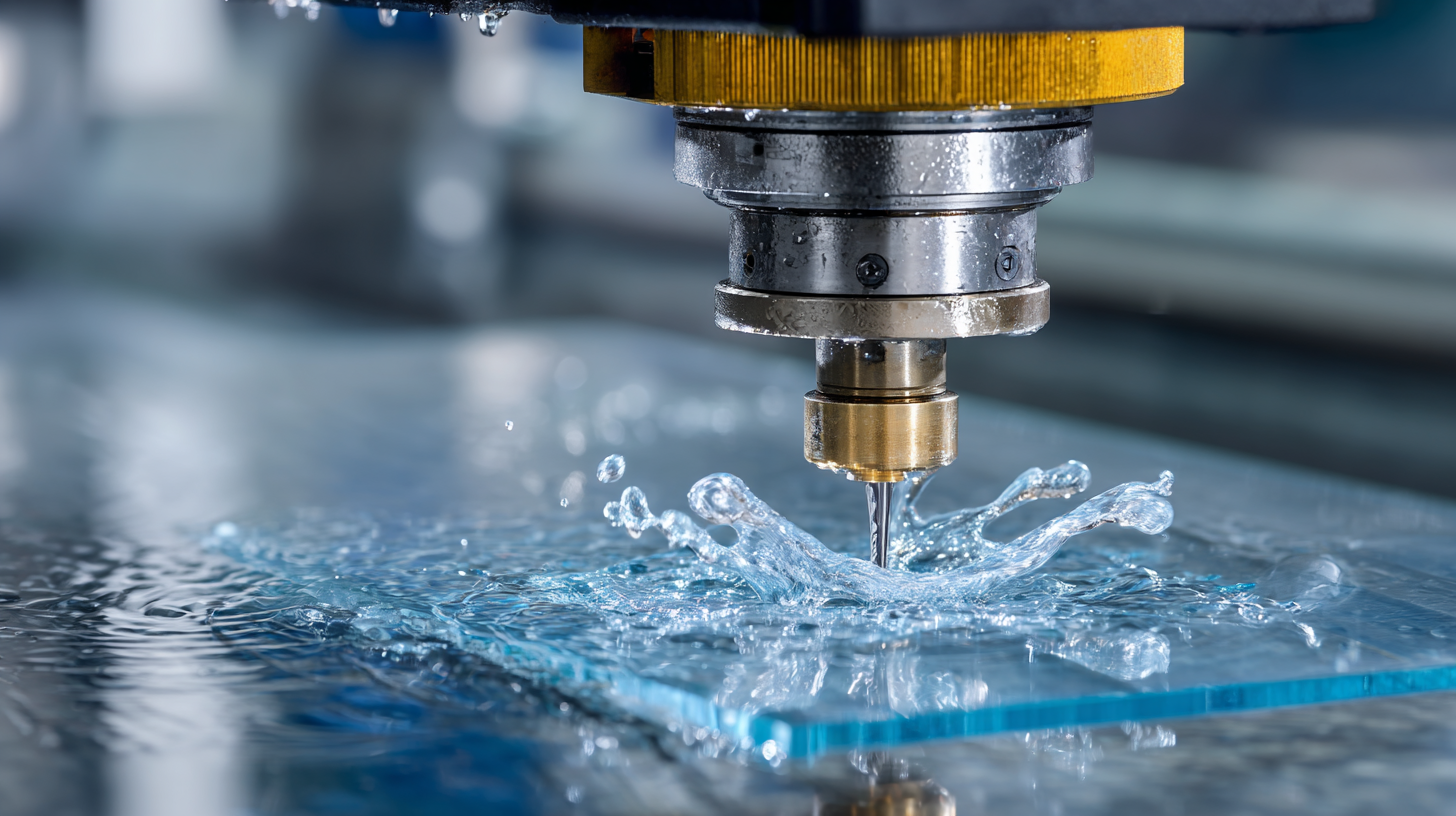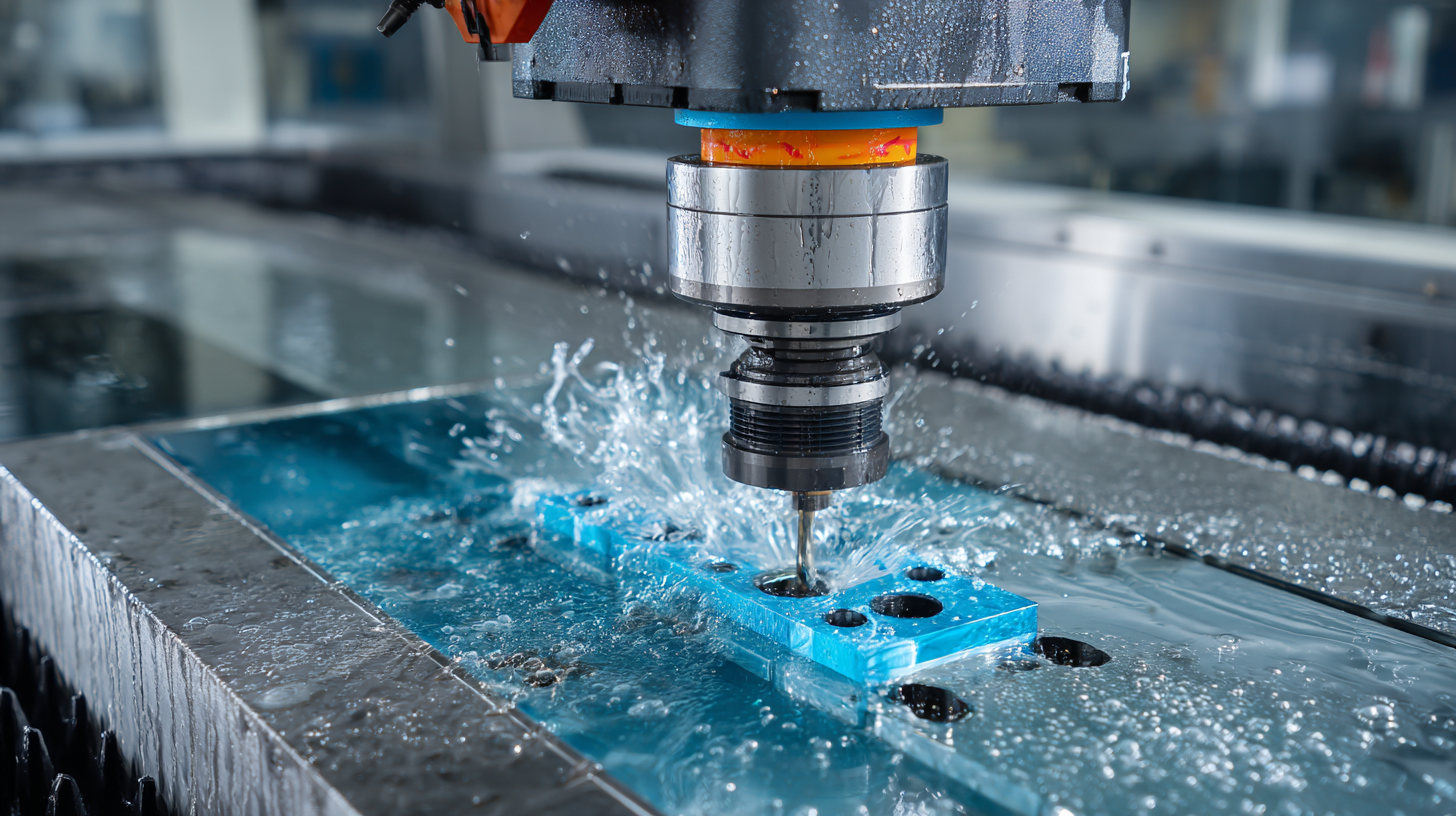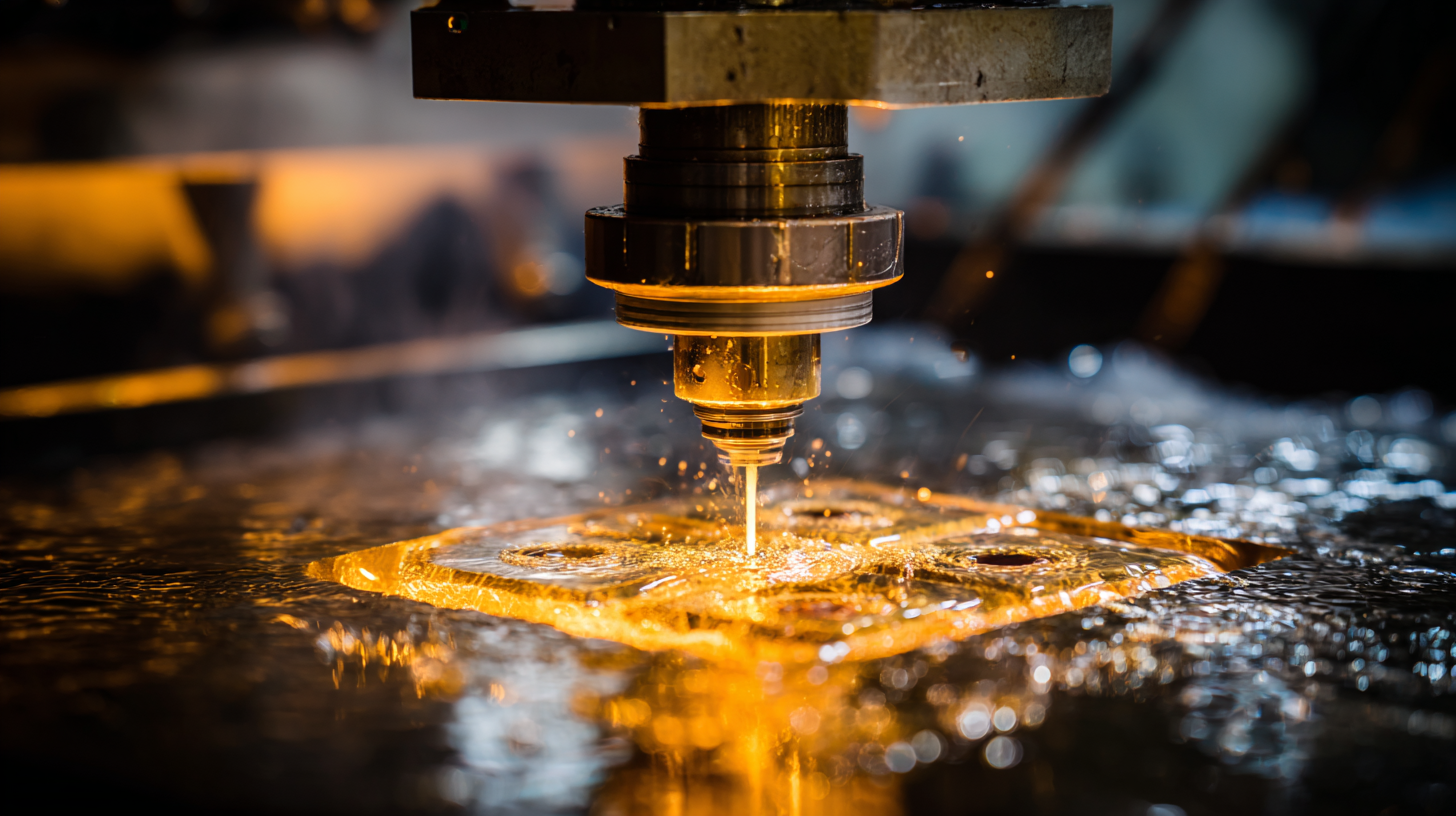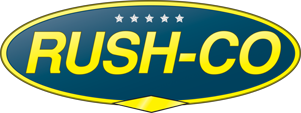Maximize Precision and Efficiency with Local Water Jet Cutting: The Future of Material Processing
In an era where precision and efficiency are paramount, "local water jet cutting" has emerged as a transformative technology in the material processing industry. As reported by industry analysts, the global water jet cutting market is projected to reach $2.45 billion by 2026, growing at a CAGR of 7.2% from 2021 to 2026. This surge can be attributed to the technology's ability to cut a wide range of materials with high accuracy while minimizing waste and energy consumption. Furthermore, local water jet cutting facilitates on-site fabrication, reducing transportation costs and lead times, thus catering to the growing demand for streamlined production methodologies. With its exceptional versatility in handling materials like metals, composites, and ceramics, local water jet cutting is redefining industry standards and setting a new benchmark for quality and efficiency in material processing.

The Emergence of Local Water Jet Cutting Technology
The emergence of local water jet cutting technology marks a significant advancement in the field of material processing. This innovative method utilizes high-pressure water jets mixed with abrasive materials to cut through various substances, including metals, plastics, and ceramics, with unparalleled precision. As industries seek more sustainable and efficient manufacturing processes, local water jet cutting emerges as a viable solution that reduces waste and energy consumption while maintaining high-quality outputs.

One of the key benefits of local water jet cutting technology is its versatility. It can be applied to a wide range of materials and thicknesses, making it suitable for diverse applications across industries such as automotive, aerospace, and construction. Additionally, its ability to create intricate designs without compromising structural integrity opens new avenues for creative and complex projects. As this technology becomes more accessible, it is poised to revolutionize traditional cutting methods, offering businesses the chance to enhance production efficiency and precision in their operations.
Advantages of Water Jet Cutting in Material Processing
Water jet cutting has emerged as a revolutionary method in material processing, offering a range of advantages that elevate precision and efficiency to new heights. By using high-pressure water mixed with abrasive materials, this technique can cut through a variety of substances, including metals, glass, and composites, without generating heat that could lead to material deformation. This capability ensures that the integrity of the materials is maintained, making it ideal for intricate designs and tight tolerances.
For those considering water jet cutting for their projects, it is essential to evaluate the thickness of the material being processed and the intricacy of the designs. Regular maintenance of the cutting equipment can further enhance precision, ensuring consistent results over time. Additionally, don’t overlook the importance of selecting the right abrasive material; using the correct grit can significantly affect both the efficiency of the cut and the quality of the finish.
Investing in water jet cutting technology not only streamlines operations but also reduces waste and increases production speed. As industries continue to evolve, those who leverage the benefits of water jet cutting will find themselves at the forefront of material processing innovation.
Maximize Precision and Efficiency with Local Water Jet Cutting: The Future of Material Processing - Advantages of Water Jet Cutting in Material Processing
| Material Type | Cutting Speed (mm/min) | Thickness (mm) | Precision (µm) | Cost Efficiency (%) |
|---|---|---|---|---|
| Stainless Steel | 200 | 15 | 50 | 30 |
| Aluminum | 350 | 10 | 40 | 25 |
| Glass | 150 | 5 | 30 | 20 |
| Titanium | 100 | 12 | 60 | 15 |
| Composite Materials | 250 | 8 | 45 | 28 |
Applications of Water Jet Cutting Across Various Industries
Water jet cutting has emerged as a transformative technology in various industries, offering unmatched precision and versatility in material processing. From the aerospace sector to automotive manufacturing, the applications of water jet cutting are vast. According to a report by MarketsandMarkets, the global water jet cutting market is projected to reach $1.67 billion by 2025, driven by the growing demand for efficient cutting technologies. The ability of water jet systems to cut through a variety of materials, including metals, glass, and composites, makes them invaluable in sectors such as construction, where precision is critical for structural integrity.
 Tips: When considering water jet cutting for your business, always assess the material thickness and type. It’s essential to choose the right pressure and nozzle configuration to optimize cutting efficiency and minimize waste. Additionally, regular maintenance of the water jet system not only prolongs the equipment's life but also enhances its cutting performance.
Tips: When considering water jet cutting for your business, always assess the material thickness and type. It’s essential to choose the right pressure and nozzle configuration to optimize cutting efficiency and minimize waste. Additionally, regular maintenance of the water jet system not only prolongs the equipment's life but also enhances its cutting performance.
Water jet cutting also plays a crucial role in the food industry, where it is used for precision cutting of various products without altering their temperature or texture. By employing water jet technology, companies can improve yield and reduce waste. As highlighted by Technavio's research, this method ensures minimal contamination risk, making it a preferred choice for food processing applications.
Future Trends in Water Jet Cutting and Material Efficiency
The future of water jet cutting technology is set to revolutionize material processing through enhanced efficiency and precision. As industries increasingly prioritize sustainability, the demand for more efficient cutting methods that minimize waste has surged. Advanced water jet systems are now equipped with sophisticated software that optimizes cutting paths and minimizes excess material usage, ensuring that every cut maximizes the yield from raw materials. This innovation not only improves productivity but also aligns with the growing emphasis on eco-friendly manufacturing practices.
In addition to material efficiency, the evolution of water jet cutting technology is driving the use of high-pressure jets and abrasive materials that allow for intricate designs and complex geometries. These advancements offer manufacturers the ability to create components that were previously deemed challenging or impossible with traditional cutting methods. As a result, industries from aerospace to automotive are poised to benefit from the adaptability and precision that water jet cutting provides. Moving forward, we can expect to see further integration of automation and artificial intelligence, which will further enhance the capabilities and efficiency of this cutting-edge technology in material processing.
Maximize Precision and Efficiency with Local Water Jet Cutting
This chart illustrates the advancements in water jet cutting efficiency and material waste reduction over the past few years. The data shows how adopting local water jet cutting technology leads to improved precision in material processing.
Comparative Analysis: Water Jet Cutting vs. Traditional Cutting Methods
Water jet cutting has emerged as a formidable alternative to traditional cutting methods, offering several advantages that enhance both precision and efficiency. Traditional methods, such as saws or lasers, often struggle with intricate designs and can create thermal stress on materials, leading to unwanted warping or damage. In contrast, water jet cutting employs a high-pressure stream of water, sometimes mixed with abrasives, which allows it to cut through a wide range of materials, including metals, glass, and stone, without compromising their integrity. This process results in clean edges and minimizes the need for secondary finishing processes.
Furthermore, the versatility of water jet cutting extends beyond just material types. While traditional cutting methods can be limited by the thickness and hardness of the material they can handle, water jet cutting can effectively tackle tougher and thicker materials, making it an invaluable tool for industries such as aerospace, automotive, and architectural fabrication. The lack of heat-affected zones ensures that the final product is not only accurate but also retains its original properties, making water jet cutting the preferred choice for applications that require high precision and reliability.

